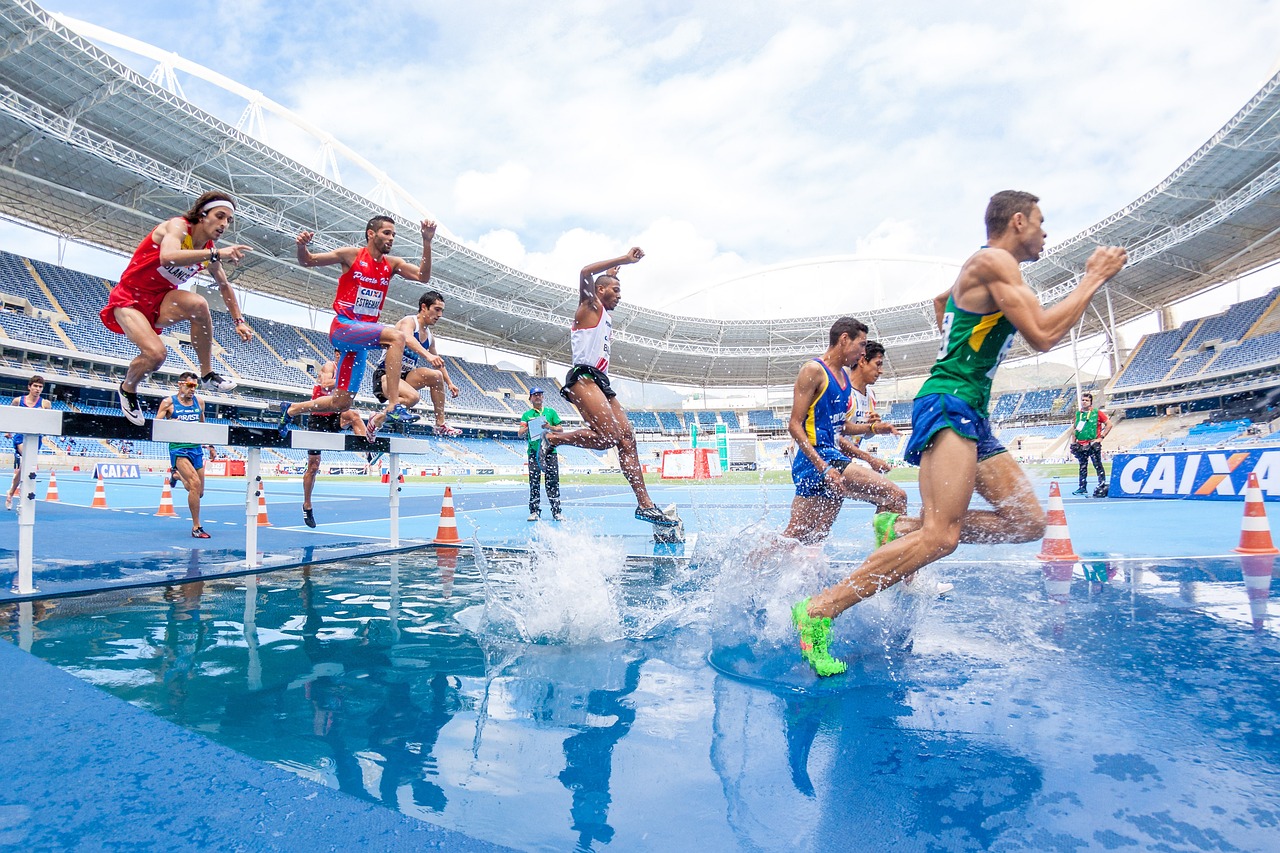How Can Smart Fabrics and Wearables Enhance Training Feedback for Athletes?

In the world of athletes and sports, the pursuit of enhanced performance has birthed a consistent quest for the best training systems and strategies. Today, technology is leading a revolution in sports training, with smart fabrics and wearable devices becoming important tools in performance monitoring and analysis. From sensors that monitor heart rates and detect muscle tension, to fabrics designed to track body temperatures, these smart wearables are not just changing the game, they are redefining how athletes train and reach their fitness potential. This article explores the innovative ways through which smart fabrics and wearables can enhance training feedback for athletes.
Smart Fabrics: A Woven Revolution in Sports Training
Smart fabrics represent a major technological leap in the sports world. They are designed with sensors and wearable devices that collect real-time data about the athlete’s performance and physiological responses, providing direct feedback that can be used to modify training regimens and enhance results.
Lire également : What Are the Best Practices for Concussion Management in Youth Sports?
What makes smart fabrics unique is their ability to seamlessly incorporate technology into the athlete’s training gear, eliminating the need for multiple, separate devices. Sensors embedded in the fabric can monitor an array of data such as body temperature, heart rate, sweat composition, and other vital information. This information can be analyzed and used to make necessary adjustments in an athlete’s training program, ensuring that they are operating at their optimal level and minimizing the risk of injury.
Understanding the Potential of Wearable Devices
Wearables, from smartwatches to fitness trackers, have become a common sight in the sports world. These devices, equipped with a range of sensors, provide athletes with a wealth of data on their performance.
A lire également : How to Implement Tactical Periodization in American Football Training?
The power of wearables lies in their ability to provide real-time feedback. Unlike traditional methods of monitoring performance, wearables offer immediate access to detailed data. This immediate feedback can be critical in enhancing an athlete’s training. If an athlete is over-exerting themselves, for instance, the wearable can alert them to slow down, reducing the risk of injury.
Beyond just immediate monitoring, wearables also enable long-term tracking, which allows for more nuanced adjustments to training regimes. With a wearable, athletes can track their performance over time, identifying patterns and trends that might not be visible on a day-to-day basis.
Leveraging Technology for Better Training Analysis
The application of technology in sports goes beyond the collection of data. It also extends to the analysis of this data, providing valuable insights into the athlete’s performance that can be used to enhance their training.
Smart fabrics and wearables offer enormous amounts of data that can be overwhelming if not properly analyzed. Thankfully, advanced data analysis systems have been developed to sift through this flood of information, identifying key performance indicators and providing actionable insights.
These analysis systems can identify patterns in an athlete’s performance and recommend adjustments to their training based on this information. This can lead to a more personalized and effective training program, tailored specifically to the athlete’s unique needs and fitness goals.
The Future of Sports Training: A Data-Driven Approach
It’s not enough to just collect and analyze data. The future of sports training lies in using this information to take a more proactive, data-driven approach to training.
This means using the data collected from smart fabrics and wearables to make informed decisions about an athlete’s training – from the type of exercises they should be doing, to the intensity and frequency of their workouts.
For example, if the data shows that an athlete tends to overexert themselves during certain parts of their workout, their training could be adjusted to include more rest periods during these times. Alternatively, if an athlete’s heart rate tends to spike during particular exercises, these could be replaced with alternatives that provide the same fitness benefits without causing undue stress.
In essence, smart fabrics and wearables are changing the way athletes train by making it easier to understand and respond to their bodies’ needs. By providing real-time feedback and detailed performance data, these technologies allow athletes to make the most of their training, maximizing their potential and helping them achieve their fitness goals.
The Impact of Smart Fabrics and Wearables on Injury Prevention
Injury prevention is a major concern for athletes. Overtraining or improper training can lead to injuries that could potentially end an athlete’s career. This is where smart fabrics and wearable devices come into play, providing real-time information that can help prevent these situations.
Through the data collected, athletes can get immediate feedback on their physical activity and performance. For instance, if an athlete’s heart rate spikes unexpectedly during a workout, smart fabrics and wearable technology can alert them, signaling the need to slow down or stop. This immediate feedback can prevent situations where athletes push themselves too far, risking injury.
Furthermore, wearable tech offers detailed insights into an athlete’s body mechanics. Devices like motion capture suits can provide detailed information on an athlete’s movement, highlighting any potentially harmful patterns. For instance, if a runner’s gait shows signs of imbalance, this could signal a risk of injury. With this information at hand, athletes and their trainers can make necessary adjustments, improving form and reducing the risk of injury.
In essence, smart fabrics and wearable devices are not just tools for enhancing athletic performance, they are also critical tools for injury prevention. By providing real-time, detailed feedback, they allow athletes to adjust their training in response to their body’s signals, promoting safer and more effective workouts.
Towards a Data-driven Future in Sports Fitness
As we delve into the future, it is clear that the role of technology in sports and fitness is only going to expand. The fitness market is witnessing an increasing demand for smart fabrics and wearables, as athletes and fitness enthusiasts alike recognize their potential.
The wealth of real-time data these devices provide is invaluable. Athletes are now able to get personalized feedback on their training, allowing them to make adjustments that can enhance their performance and prevent injuries. This represents a shift towards a more data-driven approach in sports training, with decisions informed by concrete, personalized data rather than generic guidelines.
Looking ahead, we can expect to see further advancements in the fields of smart fabrics and wearable technology. For instance, Google Scholar has numerous studies exploring the potential of incorporating AI into wearables for even more personalized feedback and advice. There is also ongoing research into how data analytics can be combined with sports engineering to create smarter, more effective training programs.
In conclusion, smart fabrics and wearable devices are revolutionizing sports training. They provide athletes with crucial real-time feedback, enabling the creation of personalized, effective, and safe training programs. As technology continues to advance, we can only expect these tools to become more sophisticated, opening up new possibilities for performance enhancement, injury prevention, and overall athlete wellbeing.
